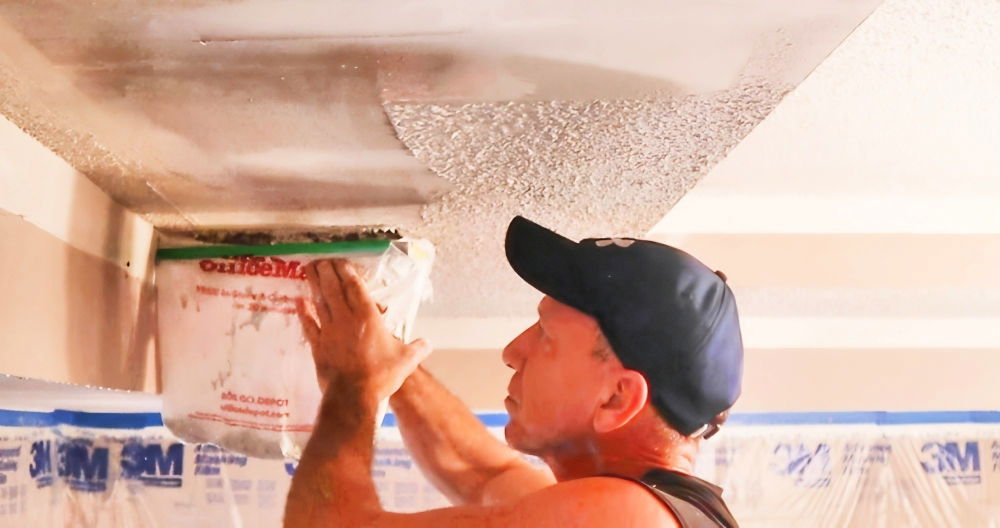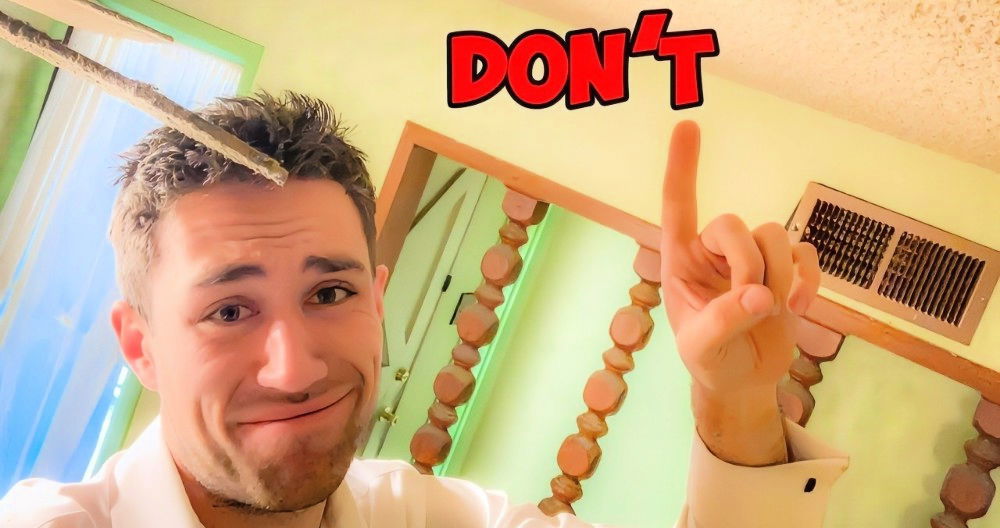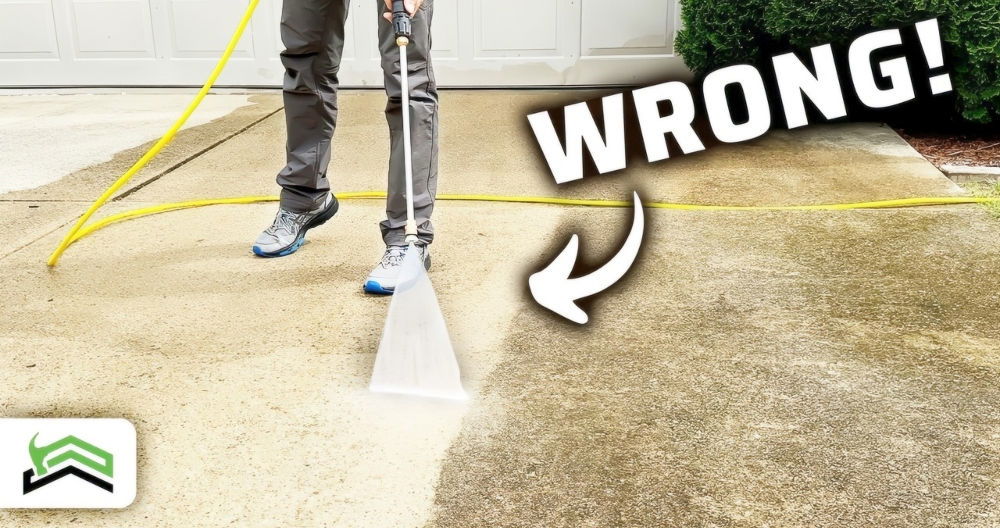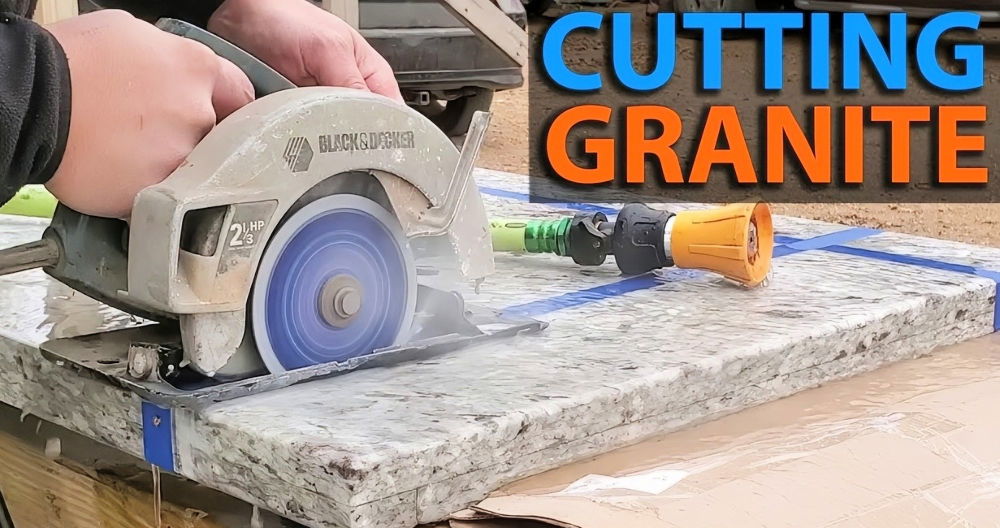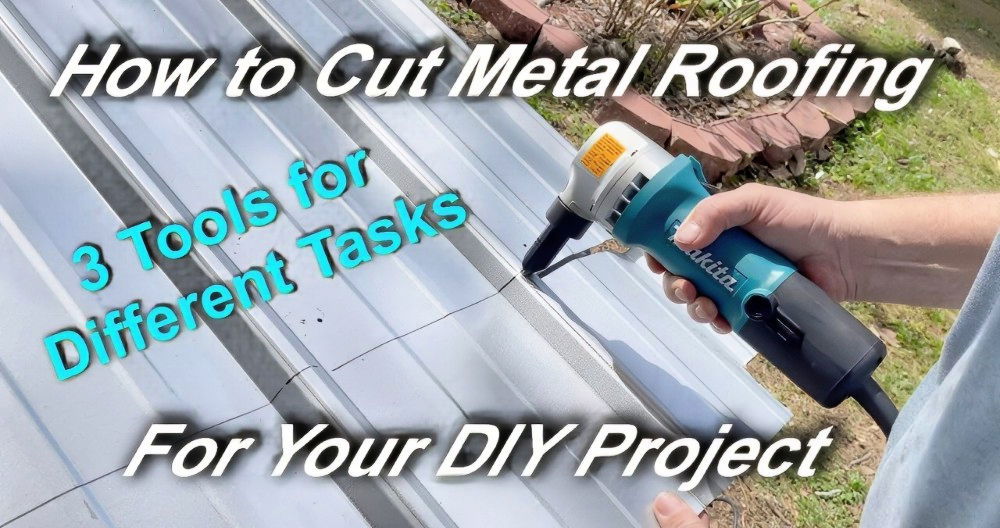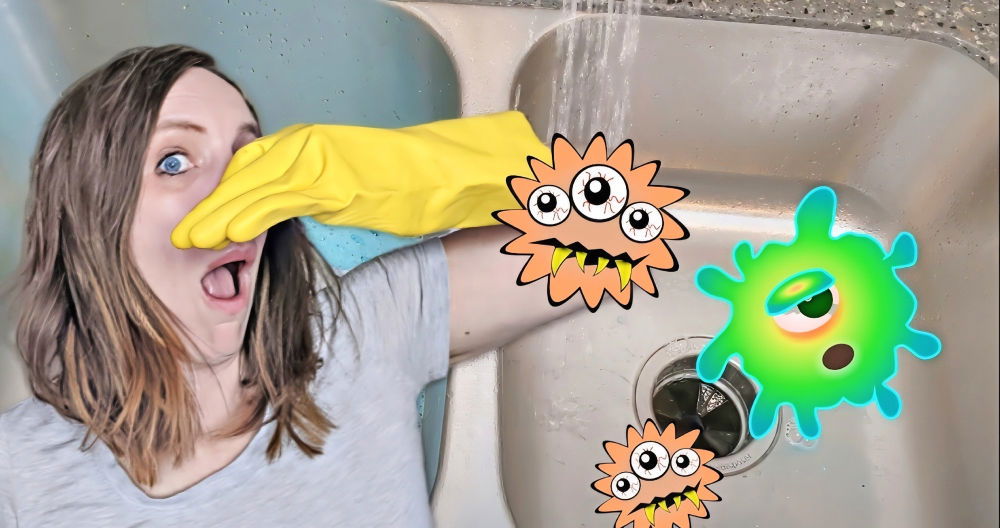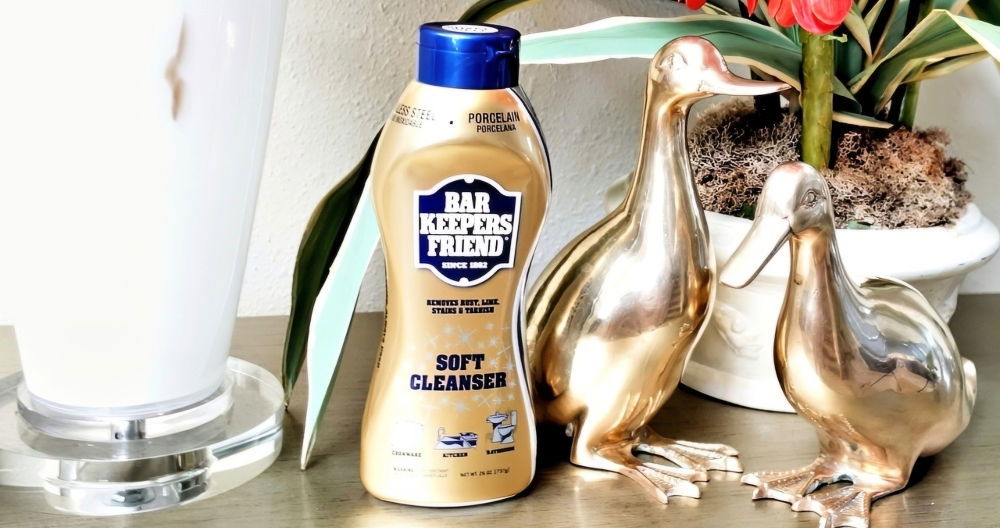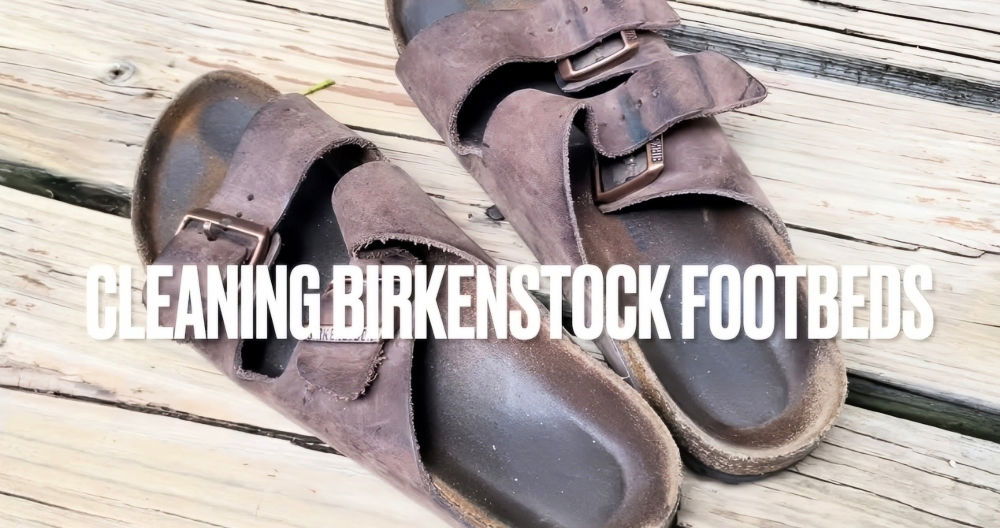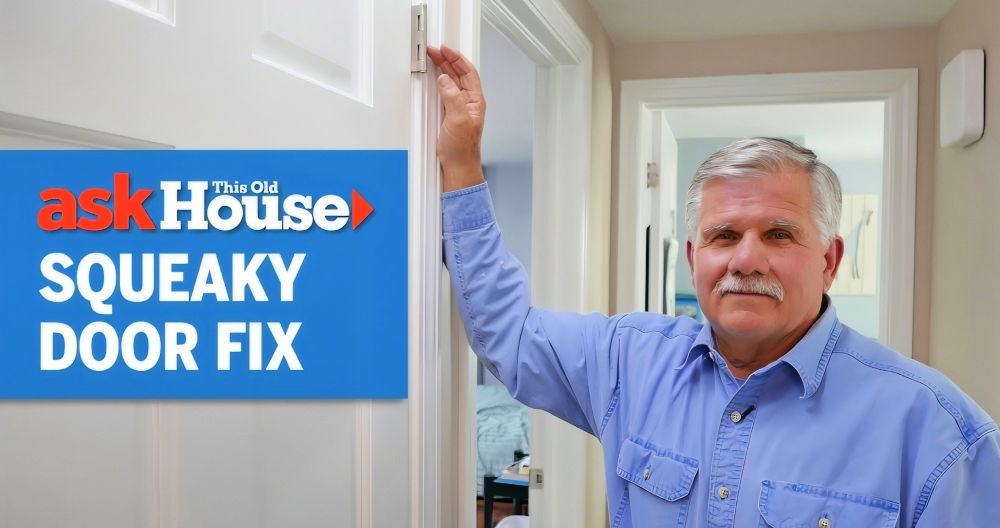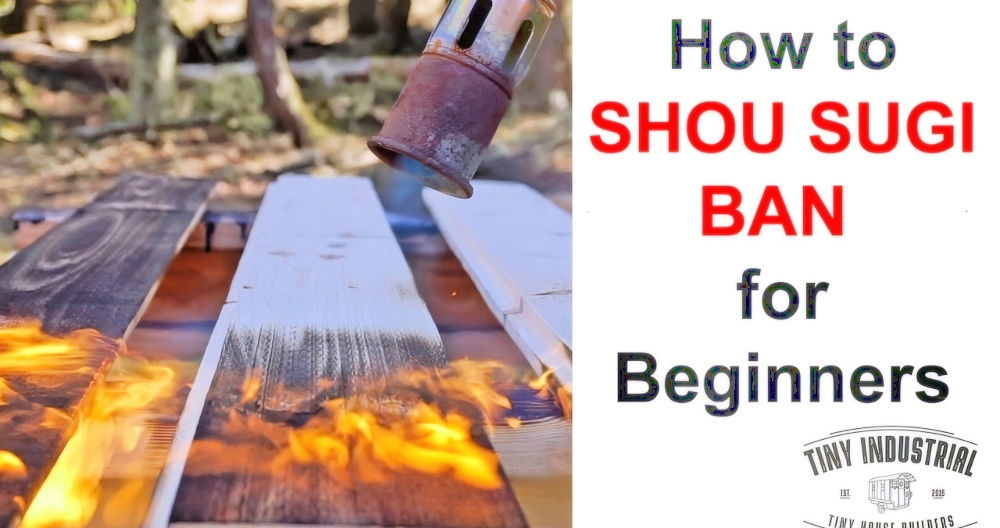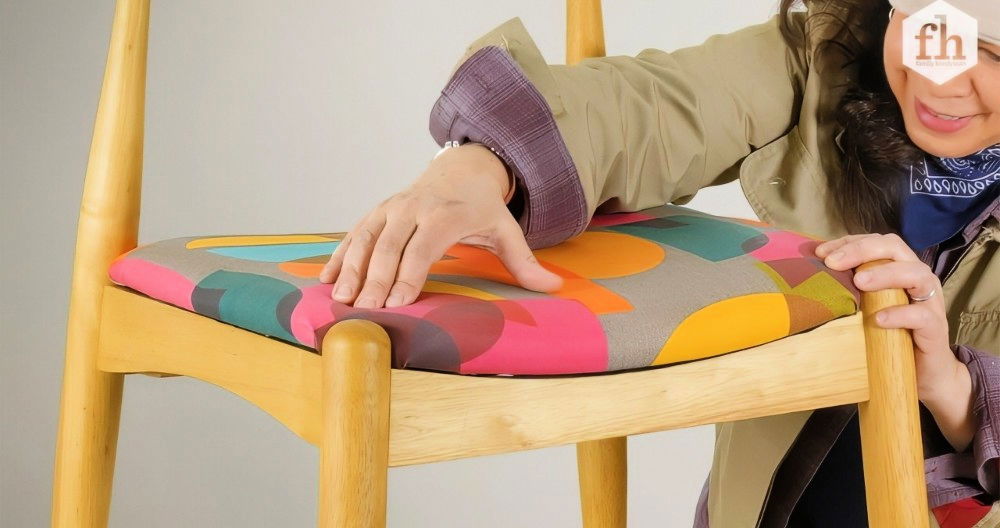Popcorn ceilings, known for their textured look, were popular from the 1950s through the 1980s. While they add character, these ceilings can be challenging to maintain, especially when it comes to cleaning. The unique, bumpy texture attracts dust and cobwebs, making routine upkeep essential. In this guide, you'll find the most effective ways to clean your popcorn ceiling while preserving the texture and avoiding a mess.
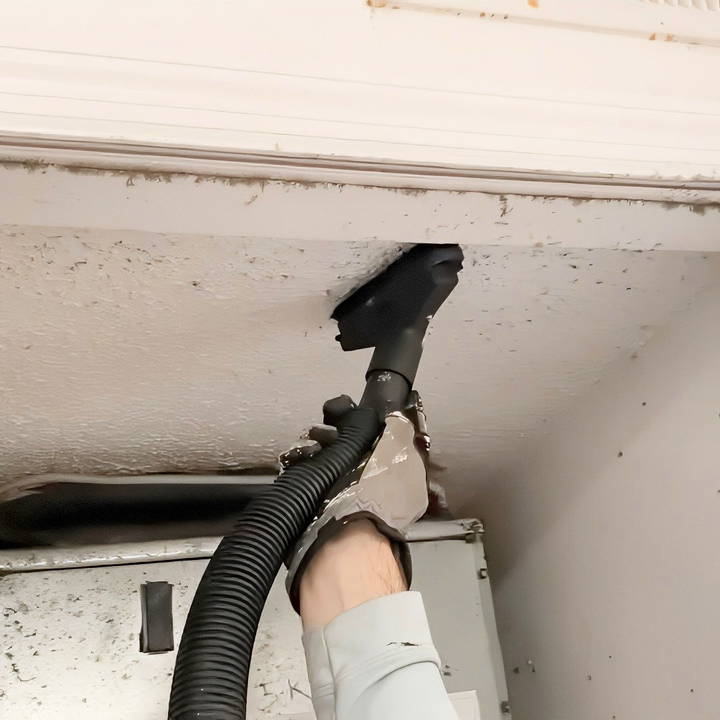
Why Cleaning Popcorn Ceilings Can Be Challenging
Popcorn ceilings, often referred to as "acoustic" or "cottage cheese" ceilings, are prone to catching dust, dirt, and cobwebs. Their rough texture can make cleaning difficult, as pressing too hard or using the wrong tools can lead to particles breaking off, creating an even bigger mess. However, with the right approach and tools, you can effectively clean your popcorn ceiling while preserving its unique texture.
Materials Needed for Cleaning Popcorn Ceilings
- Vacuum Cleaner: A semi-powerful vacuum cleaner, ideally a wet/dry vacuum with a hose attachment, works best. Make sure it has a soft bristle brush attachment to avoid damaging the ceiling.
- Bristle Brush: Use a soft-bristled brush that won't pull off too much of the ceiling texture.
- Drop Cloth or Plastic Sheeting: Protect your furniture and flooring by covering them before starting.
- Dust Mask: Cleaning may release fine particles into the air, so protect yourself with a dust mask.
- Safety Goggles: Keep dust and debris out of your eyes.
- Step Ladder: Ensure it's stable to help you reach higher parts of the ceiling safely.
Optional items include a spray bottle with water (for stubborn spots) and a microfiber duster if you prefer a gentler touch.
Step by Step Instructions
Learn how to clean popcorn ceilings step-by-step. Get expert tips, essential tools, and prepping techniques for a spotless, dust-free finish.
Step 1: Prepare the Room
Before you begin, prep the room to minimize cleanup afterward.
- Cover Furniture and Floors: Lay drop cloths or plastic sheeting over any furniture and the floor beneath the areas you'll be cleaning. This will catch any debris or dust that falls, making cleanup faster.
- Wear Protective Gear: Put on a dust mask and safety goggles to protect yourself from inhaling dust or getting debris in your eyes.
Step 2: Use a Vacuum with a Soft Brush Attachment
The best method for removing dust without damaging the ceiling is to use a vacuum with a bristle brush attachment.
- Select the Right Attachment: Attach a soft-bristle brush to your vacuum hose to avoid scraping or pulling off the textured surface. A Craftsman 16-gallon wet/dry vacuum is ideal for this task due to its power and adaptability with various attachments.
- Light Pressure is Key: Gently run the brush over the ceiling's surface. Use only light pressure—pressing too hard can cause parts of the popcorn texture to detach.
- Vacuum in Multiple Directions: Due to the ceiling's texture, it's essential to move the vacuum in different directions to reach all dust particles. Try alternating vertical and horizontal passes for thorough coverage.
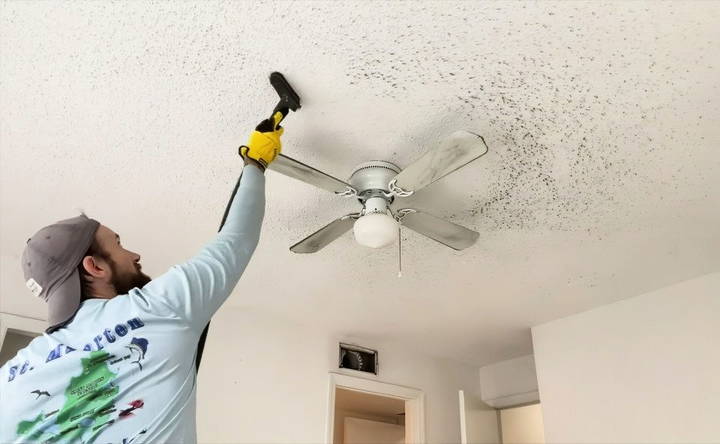
Step 3: Spot Cleaning with a Damp Cloth (Optional)
For stains or sticky spots, a slightly damp cloth can help. However, be extremely cautious as moisture can soften the popcorn texture, causing it to crumble.
- Dampen a Cloth: Lightly moisten a cloth or sponge. Make sure it's just damp and not wet.
- Blot the Spot: Gently blot the area, avoiding any scrubbing motion. This can lift the stain without damaging the texture.
- Let It Dry: Allow the ceiling to air dry fully to prevent moisture damage.
Step 4: Use a Microfiber Duster for Light Dusting
If your ceiling isn't too dirty and just needs a light dusting, a microfiber duster might be enough.
- Choose an Extendable Duster: This will help you reach the ceiling without a ladder. Extendable dusters are convenient for regular light cleaning.
- Gently Sweep Across the Surface: Lightly dust the ceiling without applying pressure. A microfiber duster attracts and holds onto dust without spreading it around.
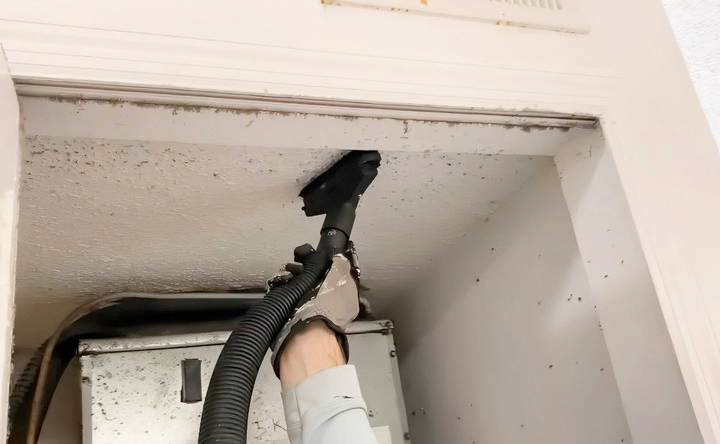
Tips for Cleaning Around Fixtures and Corners
Ceiling fixtures like fans, light fixtures, and edges often accumulate dust more than the center areas. Here's how to address these spots without disturbing the popcorn texture.
- Ceiling Fan Blades: Dust around the blades carefully, ideally with a microfiber duster. Hold each blade steady with one hand while dusting with the other to avoid movement that could dislodge dust onto the ceiling.
- Corners and Edges: Use a smaller bristle brush or a corner attachment on your vacuum to target these areas. Move the brush gently to avoid scraping.
Additional Tips to Keep Your Popcorn Ceiling Clean
- Use an Air Purifier: Running an air purifier in the room can help reduce dust buildup over time. Less airborne dust means less dust settling on your popcorn ceiling.
- Regular Dusting: Incorporate a quick dusting session into your monthly cleaning routine. This can prevent dust from accumulating, making deep cleans less frequent.
- Avoid Excess Moisture: Popcorn ceilings can be vulnerable to water damage, so avoid using water-based cleaners or sprays. If the ceiling gets wet, it may soften, making it easy to damage.
Troubleshooting Common Issues with Popcorn Ceilings
- Dust Keeps Coming Off in Clumps: This often happens if the texture is brittle or degraded. Consider using an extra-soft brush and even lighter pressure. If the ceiling continues to flake, it might be time to think about repair or removal.
- Stubborn Stains: For stains that don't respond to a damp cloth, a more specialized ceiling cleaner may be needed. Make sure to test any product on a small, hidden area first.
- Loose or Peeling Popcorn Texture: If sections of the ceiling are already loose, cleaning might worsen the issue. In these cases, touch up with a repair spray designed for popcorn ceilings, which can restore small areas without the need for full removal.
Safety and Maintenance Considerations
Cleaning popcorn ceilings can release fine dust particles into the air. Here's how to stay safe and maintain your ceiling over time:
- Wear Proper Protection: Always use a mask and goggles when cleaning. This prevents dust from irritating your respiratory system and eyes.
- Check for Asbestos (Older Homes): Popcorn ceilings installed before the 1980s may contain asbestos. If you suspect this, consult a professional before attempting to clean or remove the ceiling.
- Regular Maintenance: Preventing heavy dust buildup with regular light dusting makes deep cleaning sessions less demanding and lowers the risk of damaging the texture.
When to Consider Professional Help
If your popcorn ceiling has severe stains, mold, or large areas that are loose or peeling, it may be time to call in professionals. Additionally, if the ceiling was installed before the 1980s, asbestos could be a concern. Certified professionals can safely clean, repair, or even remove the popcorn ceiling if needed, ensuring compliance with safety regulations.
Conclusion
Cleaning a popcorn ceiling can be a bit tricky, but with the right tools and techniques, you can maintain its appearance and charm. Whether you're using a vacuum with a soft brush, a microfiber duster, or tackling a stubborn stain with a damp cloth, remember to use light pressure and avoid excess moisture. Regular upkeep will make each cleaning session easier, and safety precautions like wearing a mask and covering furniture will keep the process manageable.
With these steps, you can keep your popcorn ceiling looking fresh, reducing dust and debris buildup and preserving its unique textured style.
FAQs About Cleaning Popcorn Ceilings
Discover essential FAQs about cleaning popcorn ceilings. Learn effective techniques and tips for maintaining your textured ceiling safely.
If you don’t have a brush attachment, try using a soft microfiber mop or a feather duster. These tools can remove surface dust without pulling off the textured surface.
Yes, a light mist of water can help loosen dust. However, avoid soaking, as too much moisture may cause the texture to soften and fall off. Spray lightly and blot with a soft cloth if needed.
If your vacuum doesn’t reach, consider extending the hose with a pole attachment or use an extendable microfiber duster. For very high ceilings, a step stool may work, but be cautious about stability.
For stairwells, try a long-handled duster or attach a vacuum hose to a pole for extra reach. Avoid using heavy water-based cleaners that may drip down.
If your home was built before the 1980s, consult a professional before cleaning. Popcorn ceilings from that era may contain asbestos, and disturbing them can release harmful particles.
Yes, excessive moisture can cause the popcorn texture to become soft and fall off. Only lightly mist if necessary, and avoid any scrubbing or soaking to protect the texture.
While a lint roller can pick up some dust, it's not ideal for textured surfaces. A microfiber mop or feather duster provides a gentler and more effective option.


